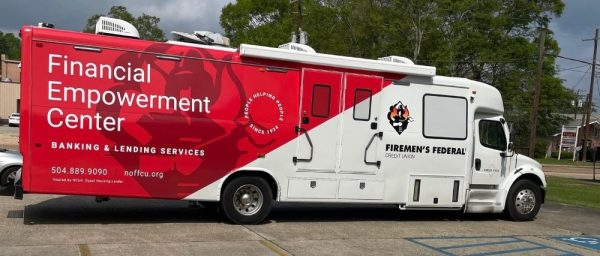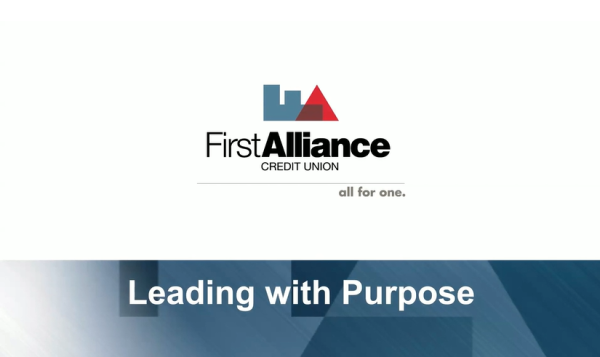CECL: A Half-Baked Cake
One year after implementation, there’s still work to be done when it comes to new rules around expected credit losses.
Our Risk page is the top spot to learn about business continuity, compliance, enterprise risk management, fraud, and vendor management.
One year after implementation, there’s still work to be done when it comes to new rules around expected credit losses.
For the past decade, the credit union’s head risk leader has been evangelizing the idea that everyone must be a risk manager to ensure the
The crisis is still unfolding, but the latest high-profile bank failure has plenty of takeaways for credit unions around asset management, net worth, communication, and
Tips from BECU on how to manage growth and risk under increased regulator scrutiny.
Core processing pundits say Temenos will be a worthy competitor in the U.S. credit union market. The Swiss company just bought Akcelerant, a long-established provider of ancillary solutions to several hundred credit unions.
Industry preparing RBC commentary as NCUA rolls out annual regulatory review list with more to consider, and a deadline in August.
Qualified mortgage rules should reflect bigger credit unions as part of the solution, not part of the problem.
A new era of transparent debate and both sides of the story will be good for us all!
NCUA preaches member data protection, told to practice the same, as agency prepares regulatory response to California thumb drive mishap.
Justin Curcio, COO of Darden Employees Federal Credit Union, describes how credit unions can prepare for the technological challenges associated with a growing nationwide member base.
NCUA is setting an anti-democratic precedent in its repeated efforts to keep private the legal opinions about its public regulatory authority. RBC is one example. The CUSO rule is another. Will there be more?
How did the three board members and NCUA fare during the open meeting in which the agency released the revised risk-based capital proposal?
A condensed review of the changes NCUA made to its proposed risk-based capital rule and the primary takeaways for credit unions.

Six credit union leaders share how they are balancing innovation and governance while deploying new tools.

Six credit union leaders share how they are balancing innovation and governance while deploying new tools.

After an anxious 2025, CFOs and observers across the industry are preparing for the year ahead — for better or for worse.

Quality payments are a hallmark of the ACH Network. Follow the rules and do right by members.

The next big storm in the Gulf isn’t an “if,” it’s a “when,” but the small Gulf-area credit union has a plan to help the community get back on its feet when the time comes.

Look beyond the headlines to better understand what is driving current market trends and how they could impact credit union investment portfolios.

Discover how First Alliance Credit Union is redefining success by putting values and member needs at the heart of everything it does.

Craft breweries demonstrate how commitment to value, operational agility, and community focus can ignite growth and drive property.

Inflation, debt, and income inequality are fueling a K-shaped, post-pandemic recovery, widening the gap between different economic segments and challenging lower-income households.

Quarterly performance reports from Callahan & Associates highlight important metrics from across the credit union industry. Comparing top-level performance and digging into the financial statement has never been easier.
CFPB Should Expand ‘Small Lender’ Definition